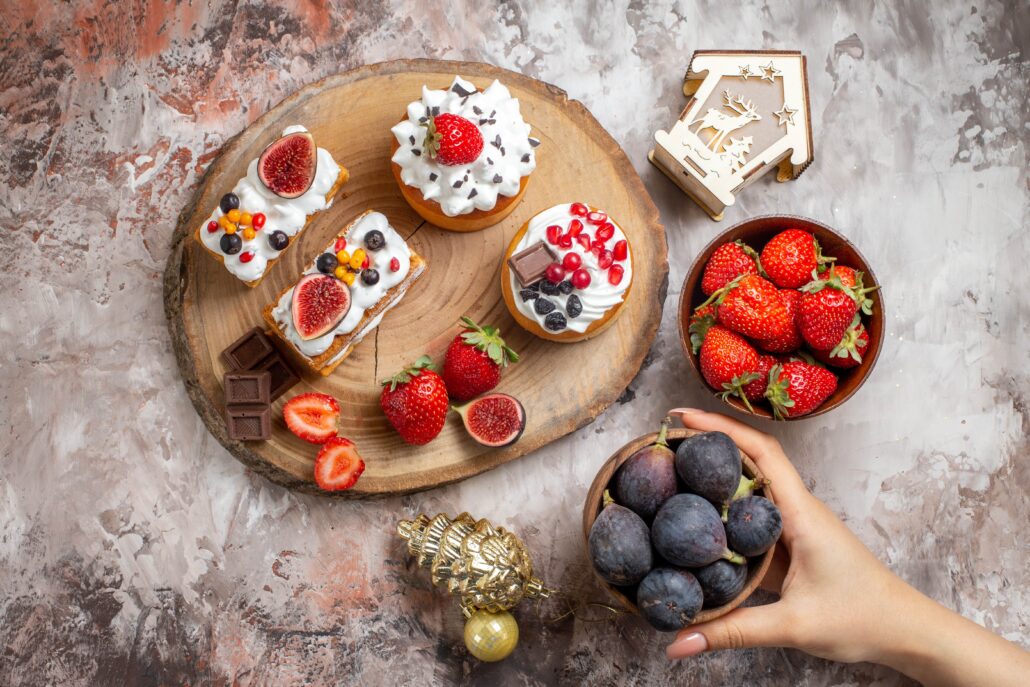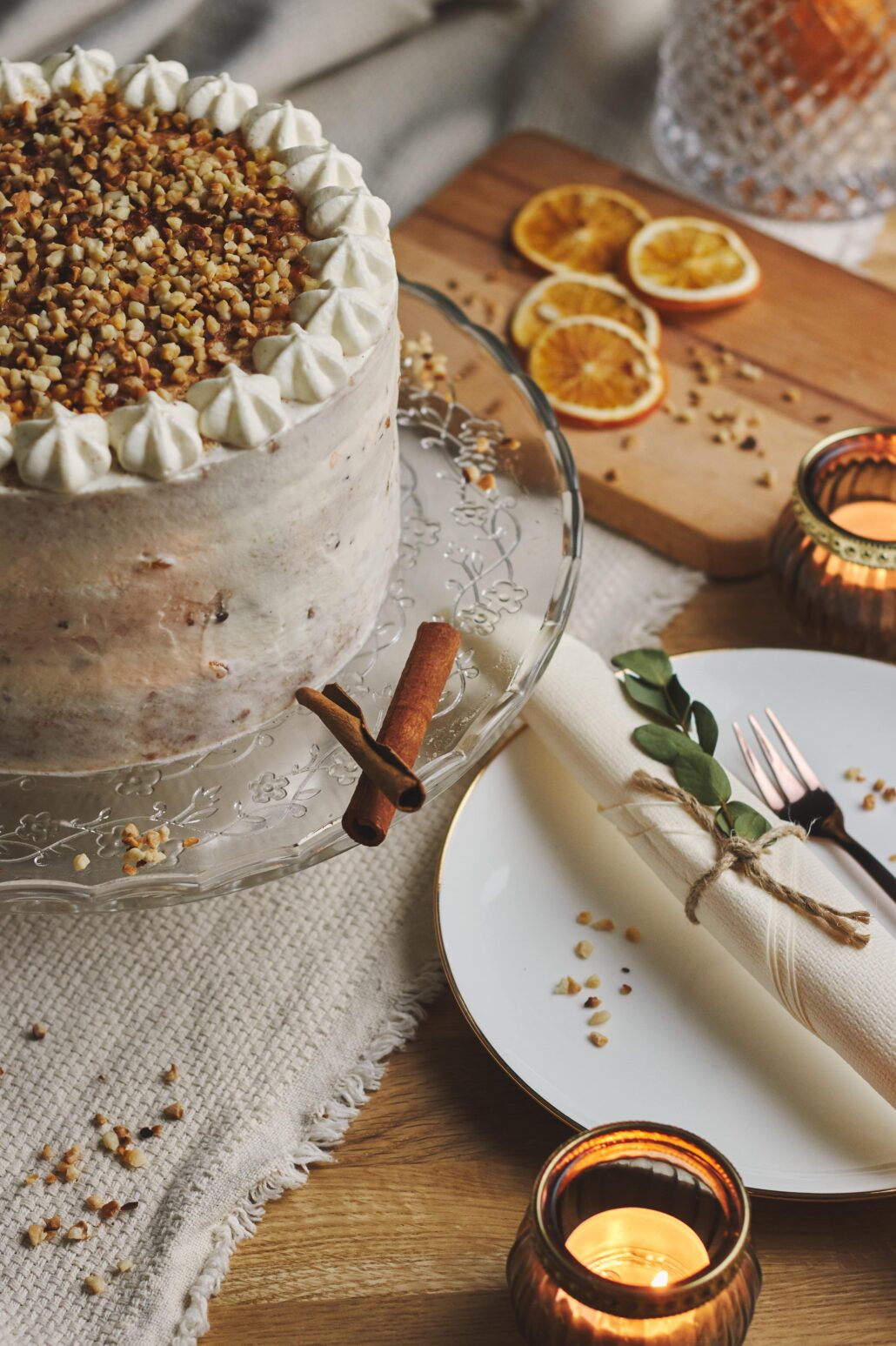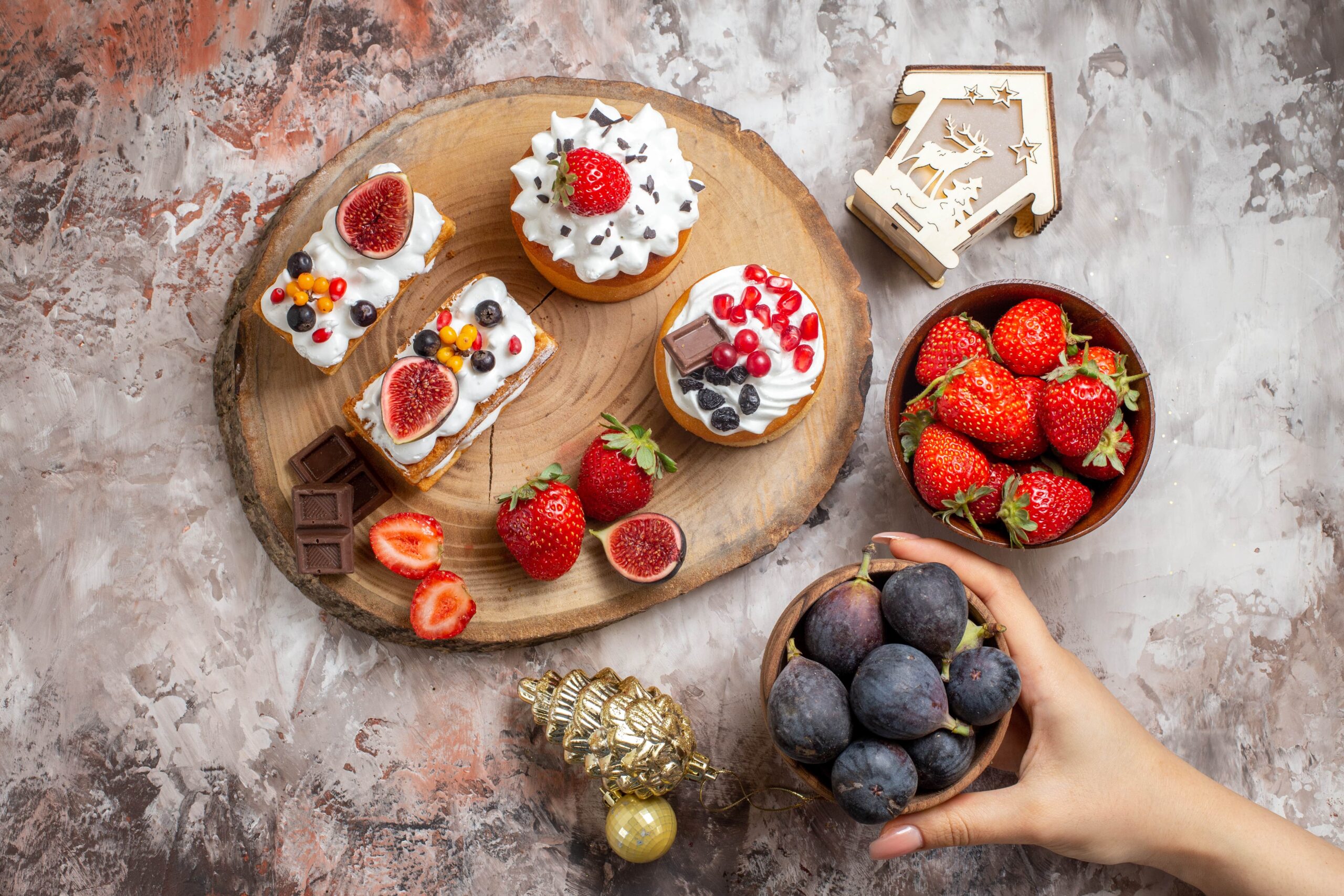Gluten-Free Cake & Pastry 11
Celebration Cakes: Gluten-Free Options
Introduction

- What Are Celebration Cakes?
- Why Choose Gluten-Free Options?
Understanding Gluten-Free Baking
- What is Gluten?
- Definition and Role in Baking
- Common Sources of Gluten
- Gluten-Free Flour Alternatives
- Rice Flour
- Almond Flour
- Coconut Flour
Popular Gluten-Free Celebration Cake Flavors
- Classic Vanilla
- Ingredients and Substitutes
- Tips for a Moist Vanilla Cake
- Decadent Chocolate
- Using Cocoa Powder vs. Chocolate
- Achieving a Rich Chocolate Flavor
- Fruity Options
- Lemon Blueberry
- Strawberry Shortcake
Design and Decoration Ideas
- Frosting and Icing
- Gluten-Free Frosting Recipes
- Decorative Techniques
- Themed Cakes
- Seasonal and Holiday Themes
- Custom Designs for Special Occasions
Baking Tips for Perfect Gluten-Free Cakes
- Ingredient Proportions
- Balancing Moisture and Texture
- Avoiding Common Mistakes
- Mixing and Baking Techniques
- Proper Mixing Methods
- How to Avoid Dry or Dense Cakes
Buying vs. Making Gluten-Free Cakes
- Store-Bought Options
- Top Brands and What to Look For
- Pros and Cons
- Homemade Cakes
- Benefits of Baking at Home
- Finding and Using Reliable Recipes
Conclusion
- The Joy of Celebrating with Gluten-Free Cakes
- Encouragement to Explore and Experiment
FAQs
- Are gluten-free celebration cakes as tasty as regular cakes?
- How can I make my gluten-free cake more moist and fluffy?
- What are some creative decoration ideas for gluten-free cakes?
- Can I substitute gluten-free flours in traditional cake recipes?
- Where can I find the best gluten-free cake recipes?
Celebration Cakes: Gluten-Free Options
Introduction

When it comes to celebrating special occasions, celebration cakes are often the centerpiece of the event. From birthdays to weddings, a beautifully crafted cake can make any celebration memorable. But what if you or your guests are following a gluten-free diet? Fortunately, there are plenty of delicious gluten-free options that don’t compromise on flavor or texture. Let’s explore how to create and enjoy celebration cakes that are both festive and gluten-free.
Understanding Gluten-Free Baking
What is Gluten?
Definition and Role in Baking: Gluten is a protein found in wheat and related grains such as barley and rye. It gives dough its elasticity and helps bread rise. In traditional baking, gluten is crucial for achieving the desired texture and structure in cakes and breads.
Common Sources of Gluten: Gluten is present in many everyday products, including bread, pasta, and even some sauces and processed foods. For those with gluten sensitivities or celiac disease, avoiding these sources is essential to prevent adverse reactions.
Gluten-Free Flour Alternatives
Rice Flour: Rice flour is a staple in gluten-free baking. It provides a neutral flavor and works well in combination with other flours. It’s great for adding structure to cakes without overwhelming the taste.
Almond Flour: Almond flour adds a rich, nutty flavor and a moist texture to cakes. It’s ideal for creating dense and flavorful desserts, such as almond cakes or brownies.
Coconut Flour: Coconut flour is another popular gluten-free option. It’s highly absorbent and can be used to add a subtle coconut flavor. When using coconut flour, remember to adjust the liquid content in your recipes, as it absorbs more moisture than other flours.
Popular Gluten-Free Celebration Cake Flavors
Classic Vanilla
Ingredients and Substitutes: A classic vanilla cake is a crowd-pleaser. To make it gluten-free, use a blend of gluten-free flours like rice and almond. Substitute regular vanilla extract with pure vanilla extract for the best flavor.
Tips for a Moist Vanilla Cake: Achieving a moist texture in gluten-free vanilla cakes can be tricky. Add an extra egg or use a combination of flours to help retain moisture. Using yogurt or buttermilk can also enhance the cake’s tenderness.
Decadent Chocolate
Using Cocoa Powder vs. Chocolate: For a rich chocolate flavor, you can use either cocoa powder or melted chocolate. Cocoa powder is convenient and adds a deep chocolate taste, while melted chocolate can make the cake more indulgent.
Achieving a Rich Chocolate Flavor: To enhance the chocolate flavor, consider adding a touch of coffee to your batter. Coffee intensifies the chocolate and adds depth. Also, using a combination of cocoa powder and melted chocolate can give a more complex flavor.
Fruity Options
Lemon Blueberry: This refreshing flavor combination is perfect for spring and summer celebrations. Combine lemon zest with fresh or frozen blueberries for a burst of fruity goodness in every bite.
Strawberry Shortcake: A classic strawberry shortcake can be made gluten-free by using a blend of gluten-free flours and adding a hint of vanilla. Layer with fresh strawberries and a dollop of whipped cream for a delightful treat.
Design and Decoration Ideas
Frosting and Icing
Gluten-Free Frosting Recipes: There are many ways to make gluten-free frosting, from simple buttercream to more elaborate ganaches. Use gluten-free powdered sugar and pure vanilla extract to ensure your frosting is safe for those with gluten sensitivities.
Decorative Techniques: When it comes to decorating, consider using fresh fruits, edible flowers, or gluten-free sprinkles. Pipe designs with gluten-free buttercream or use a stencil for an elegant touch.
Themed Cakes
Seasonal and Holiday Themes: Create cakes that reflect the season or holiday you’re celebrating. For a Halloween party, try a cake decorated with gluten-free chocolate spiders, or for Christmas, use red and green icing to create festive designs.
Custom Designs for Special Occasions: Tailor your cake design to the occasion. For a wedding, consider a classic tiered cake with intricate piping, or for a birthday, opt for a fun and colorful cake that matches the party theme.
Baking Tips for Perfect Gluten-Free Cakes
Ingredient Proportions
Balancing Moisture and Texture: Gluten-free cakes often require different ingredient proportions than their gluten-containing counterparts. Experiment with flour blends and binders like xanthan gum or guar gum to achieve the right balance of moisture and texture.
Avoiding Common Mistakes: Common mistakes in gluten-free baking include using too much or too little flour and overmixing the batter. Pay attention to recipe instructions and make adjustments as needed to avoid dense or dry cakes.
Mixing and Baking Techniques
Proper Mixing Methods: Overmixing can lead to a dense texture in gluten-free cakes. Mix just until the ingredients are combined to avoid this issue. Allow the batter to rest before baking to help the flour absorb the liquids.
How to Avoid Dry or Dense Cakes: To prevent dry or dense cakes, ensure you’re using the correct flour blend and the right amount of leavening agents. Add moisture with ingredients like applesauce or yogurt and be cautious not to overbake.
Buying vs. Making Gluten-Free Cakes
Store-Bought Options
Top Brands and What to Look For: There are several reputable brands offering gluten-free cakes, such as Betty Crocker and King Arthur Baking. Look for cakes that specify they are gluten-free and check the ingredient list for any potential allergens.
Pros and Cons: Store-bought gluten-free cakes can be convenient but may lack the personal touch of homemade cakes. They are often more consistent in texture and flavor but might not be as customizable for special occasions.
Homemade Cakes
Benefits of Baking at Home: Baking a gluten-free cake at home allows you to control the ingredients and tailor the flavor to your liking. You can experiment with different recipes and techniques to create a cake that is uniquely yours.
Finding and Using Reliable Recipes: Look for recipes from trusted sources, such as baking blogs or cookbooks focused on gluten-free baking. Testing recipes before the event can help ensure you achieve the desired results.
Conclusion
Celebrating with a gluten-free cake doesn’t mean sacrificing flavor or creativity. With a variety of delicious gluten-free options and some thoughtful presentation, you can create a stunning centerpiece for any celebration. Explore different flavors, experiment with decorations, and enjoy the satisfaction of sharing a beautifully crafted cake with your loved ones.
FAQs
- Are gluten-free celebration cakes as tasty as regular cakes? Yes, gluten-free celebration cakes can be just as delicious as regular cakes. With the right ingredients and techniques, they can offer exceptional flavor and texture.
- How can I make my gluten-free cake more moist and fluffy? To enhance moisture and fluffiness, use a combination of gluten-free flours, add extra eggs or yogurt, and avoid overmixing the batter.
- What are some creative decoration ideas for gluten-free cakes? Consider using fresh fruits, edible flowers, and gluten-free sprinkles for decoration. Piping designs with gluten-free buttercream or using stencils can also add a special touch.
- Can I substitute gluten-free flours in traditional cake recipes? Yes, you can substitute gluten-free flours, but you may need to adjust the proportions and add binders like xanthan gum or guar gum to achieve the right texture.
- Where can I find the best gluten-free cake recipes? Look for recipes from trusted sources such as baking blogs, gluten-free cookbooks, and specialized baking sites. Testing different recipes can help you find the perfect one for your needs.
Categories
- Batch Cooking
- Beginner’s Guide
- Best Store-Bought Gluten-Free Snacks
- Breakfast
- Desserts
- Dinner
- Gluten-Free Baking
- Gluten-Free Cake & Pastry
- Gluten-Free Diet for Weight Loss
- Gluten-Free Living
- Gluten-Free Meal Planning
- Gluten-Free Myths & Facts
- Gluten-Free Recipes
- Gluten-Free Snacks & Convenience Foods
- Gluten-Free Travel
- Grocery Shopping Tips
- Holiday Recipes
- Homemade Snack Ideas
- How to Read Labels
- Intermittent Fasting with Gluten-Free
- Kid-Friendly
- Living Gluten-Free on a Budget
- Low-Carb Gluten-Free Meals
- Lunch
- Meal Prepping
- On-the-Go Gluten-Free Options
- Quick & Easy
- Snacks
- Substituting Gluten-Free Flours
- Success Stories
- Tips for Dining Out
- Uncategorized

